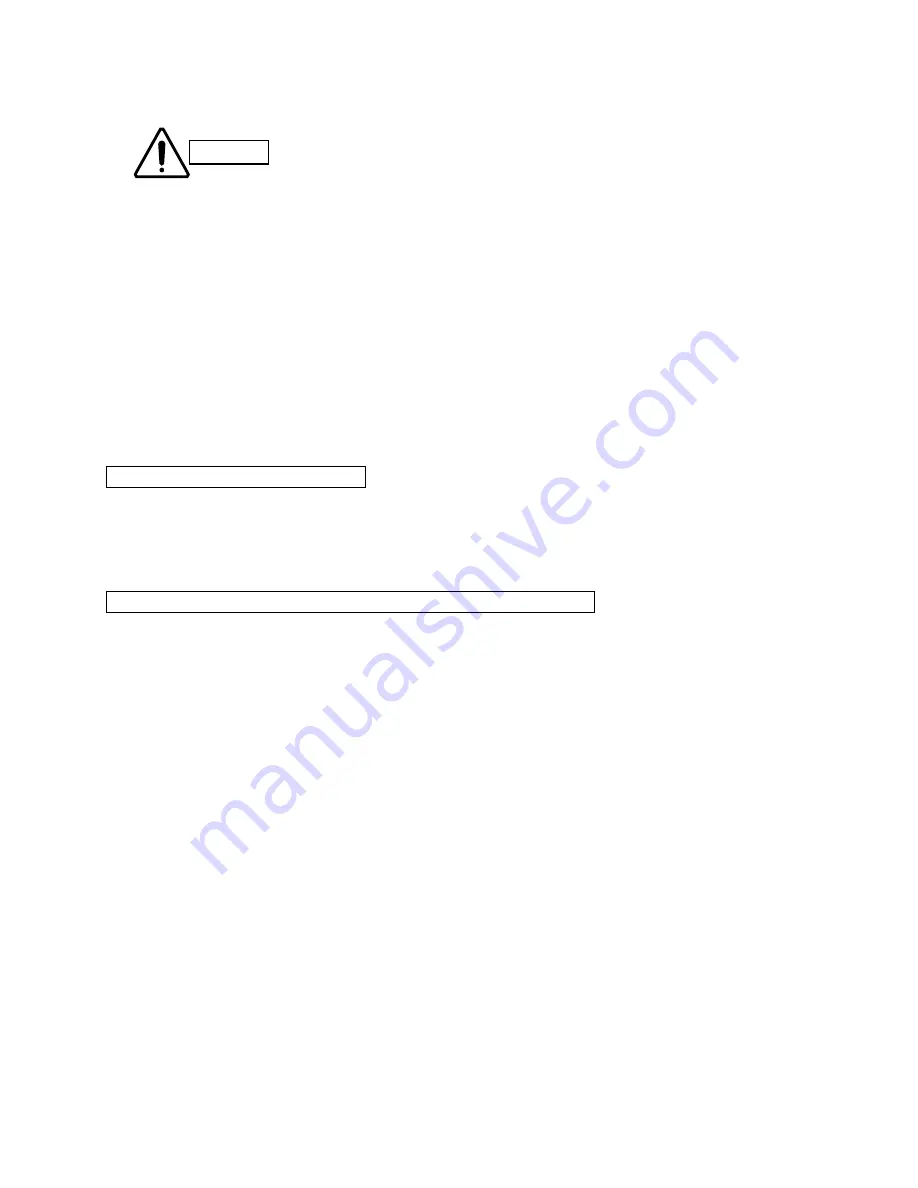
43
11-4-13. Electronic Expansion Valve
●
Check if clicking sound of the electronic expansion valve continues for about 17 seconds after the air condi-
tioner is switched on.
11-4-14. Breaker
●
Confirm that the circuit breaker or fuse is of the specified rating.
●
Check that the circuit breaker is exclusively intended for air conditioners.
●
Check for insulation failure or short-circuits between components within the air conditioner.
●
Deterioration of functions of the leakage breaker (used for approximately 10 years)
➡
replace the breaker.
11-4-15. Refrigerant pressure <Cooling>
●
Check the tubing for correct connection and test run the unit in Cooling mode. Then, measure the temperature
of the intake and exhaust air, and compare the values with the temperature chart.
●
If the temperature of the exhaust air exceeds the value in the temperature chart: Check for refrigerant short-
age or blockage.
A shortage may exist if:
a. Pressure in the low-pressure section is more than 0.5kg/cm
2
G (0.15 MPa) below the value given in the perfor-
mance chart.
b. Indoor heat exchanger has relatively little condensation on it and is generally in dry condition.
a. Charge the air conditioner with an additional 100 grams of refrigerant, and then do it again. Check each time
if the low-pressure section and suction temperature change. If little or no change can be observed, the prob-
lem is likely to be refrigerant blockage, not shortage.
Distinguishing between refrigerant shortage and refrigerant blockage
Assessment of refrigerant shortage
CAUTION
When replacing parts in refrigerant circuit and when welding is carried out, do
so after performing nitrogen conversion. (Never perform nitrogen blowing.)
















































